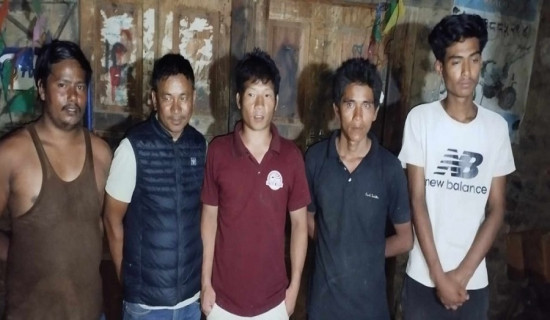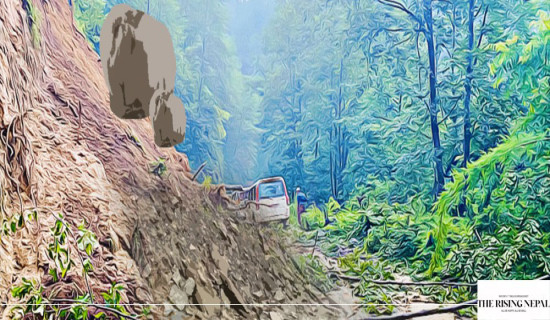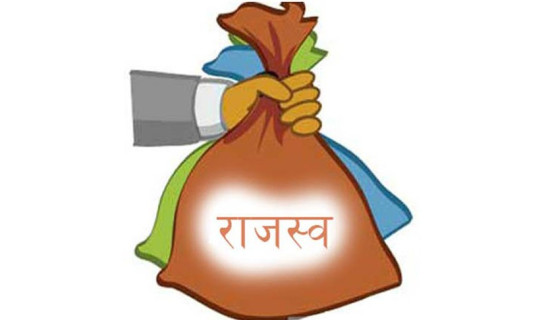- Friday, 20 June 2025
Yarsagumba disappearing in Makalu Barun Area
Sankhuwasabha, July 25: Locals used to collect millions worth of Yarsagumba, scientifically known as Caterpillar fungus, from the areas under Makalu Barun National Park until last year. However, Yarsagumba is now disappearing from the area.
This year, locals from Makalu Rural Municipality of Sankhuwasabha district informed that they couldn’t collect as much Yarsa this year as they did in previous years.
The locals collected some Yarsa from the area allocated for the purpose while people from Silichong Rural Municipality didn’t collect any.
People from Ward No. 1 of Silichong had reached a high altitude near the source of Sankhuwa River with permission to collect Yarsa. The national park had provided a month-long permission to the locals for collecting Yarsa from May 24 until June 23.
According to Surya Kulung, a local from Silichong, they had received the permission to search and collect Yarsa for a month but they returned empty-handed in two weeks.
"We stayed and searched for Yarsa in the area for two weeks. We even waited for it to grow. However, we couldn’t collect any," said Kulung.
According to the Makalu Barun National Park, while more than 2,000 individuals collected Yarsa until last year, only 142 individuals sought permission this year.
"Since people are aware that the areas didn’t see enough Yarsa this year, only few individuals sought the permission," said Ranger Lakpat Kulung.
Ranger Lakpat informed that occurrence of Yarsa in the area had started to decline for past five years. "Yarsa production was dropping slowly over the years in the area. This year, it declined unexpectedly," he added.
While millions were raised from permission and collection of Yarsa, it has declined worryingly.
According to the national park, they collected Rs. 71,000 from Yarsa collection fee and Rs. 593,251 from Yarsa sales fee this year. Sales fee was provided for only 17.5 kilograms of Yarsa.
The national park charges Rs. 500 per person for permission to collect Yarsa and Rs. 30,000 per kilogram as sales fee.
The national park also claimed that Yarsa was in the phase of extinction in the area due to human behaviour.
"People used to dig and leave the land when they went for collecting Yarsa. It affects the roots of Yarsa and it stops growing," said Ranger Lakpat.
Collectors couldn’t differentiate the plant of Yarsa from grass due to which they used to dig and collect Yarsa.
"We have prohibited digging in the area," said Ranger Lakpat.
Locals from Makalu and Silichong reach areas like Sankhuwa River source, Digling, Yanglekharcha, Thulo Pokhari and Shivadhara area in the national park to collect Yarsa. Nepali Army is deployed for the protection of the areas.

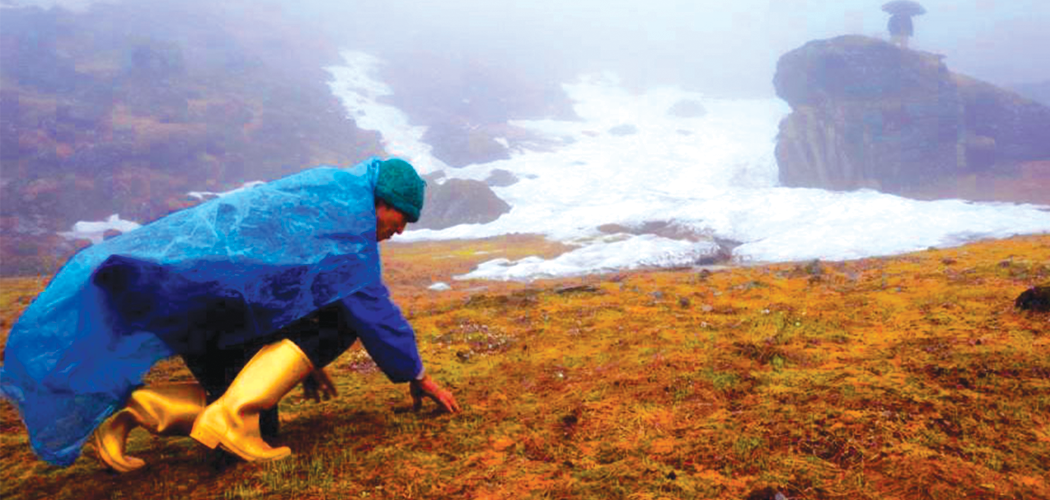



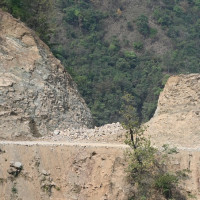
-original-thumb.jpg)


-original-thumb.jpg)


